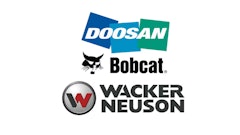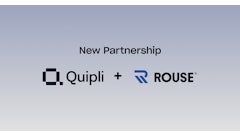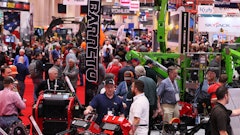
If equipment rental companies are searching for financing options that might provide financial flexibility and inventory management, leasing might be something to consider.
Recently, Fame Rental's CEO Joe Lewis shared some insight into what the opportunities in equipment leasing and how it can create a new level of complexity for rental businesses. Especially for accounting standards under ASC 842 and FASB regulations.
He writes, "These rules are somewhat complicated and require accurate bookkeeping, which is why many smaller businesses shy away from these arrangements. Further complicating matters, each lease type has different rules, and each agreement must properly conform to these rules."
He explains there are three categories of lease types:
- Operating Leases – You do not own the equipment; you are essentially renting it with predetermined rules for acquiring it at the end of the lease if you choose
- Finance Leases – You own the equipment, but pay principal and interest over time rather than all cash up front
- Fair Market Value (FMV) Leases – Similar to Financing but with different accounting, including tracking Right-of-Use (ROU) Asset
“There are pros and cons to each type, so you must be careful to choose the right type to maximize the return,” Lewis notes. “But the complexity with leases doesn’t have to be a deterrent. Properly implemented, there is additional income to be made, and likely more ‘sales’, by providing leasing options to your customers. There may be a better use of cash when leasing some of your equipment from a lessor. The financial benefits are there, but you will need a system to help manage them.”
Lewis discusses this shift in the rental industry in his full blog post at Equipment Leasing and Lease Accounting for Rental Companies | Fame Intel.




















